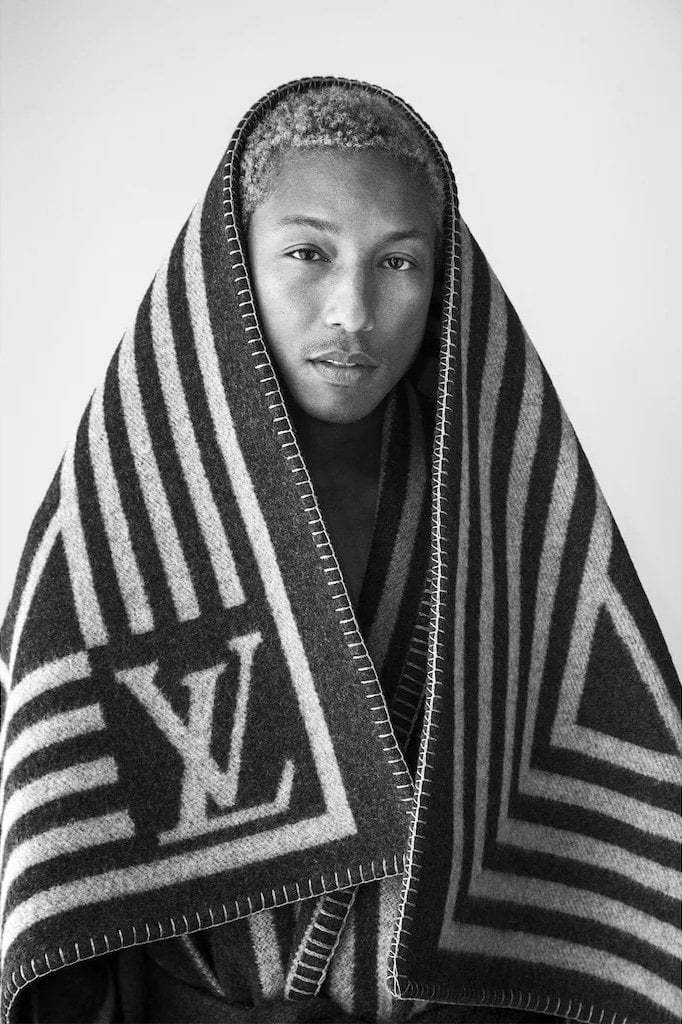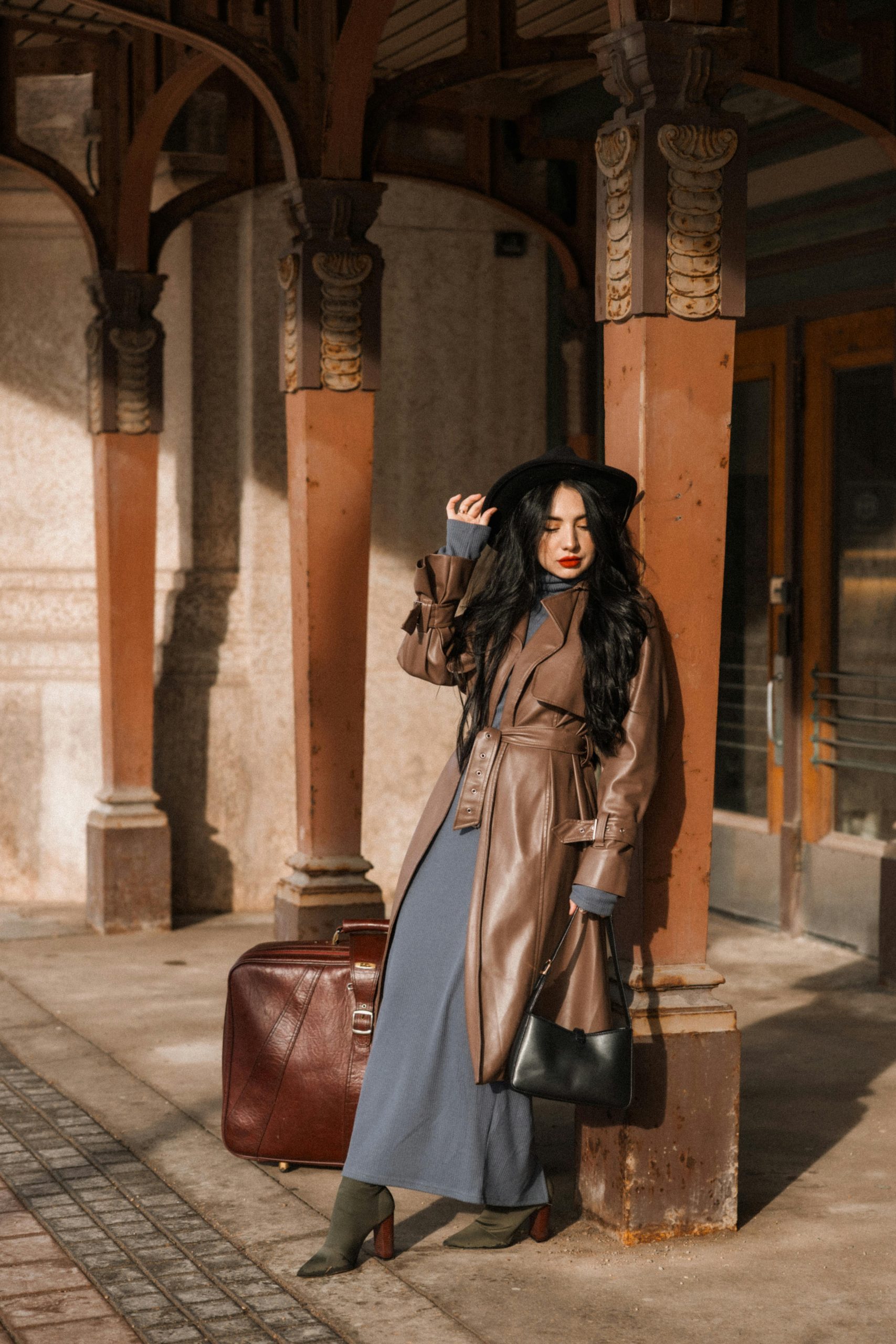
Why the Role of the Creative Director is Being Rethought
This publication is also available in: Français
Deutsch
Italiano
Español
English (US)
As we’ve been accustomed to associating a fashion house with the vision of an artistic director, whose career is deeply rooted in the fashion, things seem to have been shifting lately. Indeed, with the arrival of profiles from other artistic disciplines at the helm of fashion houses, and the emergence of a new approach to creation through the establishment of creative studios, the fashion industry is challenging its model and creativity. Exploring a new vision of haute couture.
Why is the role of the artistic director questioned?
A few weeks ago, we revisited the exhibition presented at the Palais Galliera, highlighting the Fashion Big Bang of 1997 and its impact on the industry. A key period, which seems to reflect in the changes we are witnessing in recent months. However, this time, it’s not the pieces and their inspirations that are in full transition, but the very role of the artistic director.




Between the departure of big names at the helm of fashion houses, as was the case with Alessandro Michele at Gucci, the arrival of highly promising new profiles, such as Harris Reed at Nina Ricci, the implementation of new luxury marketing strategies to engage targets, especially the Generation Z… The role of the artistic director of couture houses is being questioned, in order to find new structures that boost the creativity of brands, and bring dynamism back to their collections.
How is the creation calendar rethought?
For several years, we have witnessed evolutions in the approach to creation by haute couture houses. Among the main changes observed, the scheduling of collections and the pace of production have seen many evolutions.
These changes can be explained by two main reasons. The first is to allow more time for the production of collections, to offer finished pieces, both in their vision and their craftsmanship. The second reason is to slow down the pace of collections, in order to approach creation with a more eco-friendly approach, and to reduce over-production and over-consumption, echoing this concern.
We can particularly observe this new approach to fashion and its seasonality at Jacquemus. The French designer, who recently showcased at Galeries Lafayette with les Obsessions Jacquemus, stands out by designing pieces in accordance with the current season, and thus presenting pieces in shows that are immediately available in stores. A process that breaks with the usual pattern, where runway shows feature collections that won’t be released for several months.


More and more, designers are reshaping their Fashion Week agenda, not necessarily presenting at every occasion.
Pharrell Williams, the new artistic director of Louis Vuitton
Beyond the production schedule that is set to change, the profile of the artistic director of brands is also gaining depth. While for years we have seen coveted positions filled by couturiers who have proven themselves at other houses, or at the helm of their own brand, now different CVs seem to be sought after.
Louis Vuitton exemplifies this search for profiles with a varied creative palette. With his work acclaimed, his last artistic director, Virgil Abloh, wore the hats of architect, stylist, designer, DJ, in addition to founding his own brand, Off White. Following his passing, Louis Vuitton turned to another equally multidisciplinary artist to take over the creative lead of its men’s range by appointing Pharrell Williams as artistic director.

A worldwide icon, the artist has primarily made his mark in the music and art fields. However, his interest in fashion led him to launch his own shoe brand Billionnaire Boys Club and Ice Cream. He has also collaborated with brands such as Moncler, Adidas, and Louis Vuitton.
The first two creative exchanges with the house, in 2004 and 2008, were thus the first steps towards this new chapter that is about to be written. We eagerly await his first collection, which will be presented at the Paris men’s fashion week, next June.
A choice that reflects the DNA of Louis Vuitton, which presents itself as a cultural house, where innovation and entrepreneurship are paramount. By calling on profiles not solely rooted in the fashion industry, the houses choose to enrich their pieces with other inspirations and creative universes. It’s a safe bet that other brands will start to follow suit.
Will creative collectives come to replace the artistic director?
While some are rethinking the profile of the artistic director, others are completely questioning the role itself. From this questioning, a new vision of creation in the form of a collective emerges. That is, instead of having a house directed by the vision of a single person, some are bringing together several creative profiles to bring a collection to life.
This arrangement can already be observed in certain cases, notably when a handover occurs following the departure of an artistic director. During the transition phase, it’s often various creative profiles within the house who come together to blend their visions, creating pieces while waiting for a new A.D. to be firmly in place.
Now, this vision of multiple creators is established as a new approach to the making of a collection, and comes to replace the usual position of the artistic director.
When Lacoste rethinks the role of the artistic director with a creative studio
This new model of creation is specifically what the French brand Lacoste wants to embody. With a strong reputation and presence in over 98 countries, the crocodile brand is currently going through a transitional phase in its history. After 4 years of creation under the eye of Louise Trotter, its former A.D. who left at the beginning of the year, the house wanted to redefine its approach to fashion design, blending fashion and sportswear.



Following the departure of the one who built a strong and trendy image for Lacoste, the brand shared its desire to change its fashion design approach, and to start this new chapter on new bases. The first mentions of a creative studio were unveiled, presenting the intention to think of the brand through multiple complementary visions, rather than directing it solely by one vision.
Thus, Pelagia Kolotouros succeeds Louise Trotter, joining the house in the new position of Creative Design Director. With a significant career at Adidas, North Face, and an early career at Calvin Klein, the designer is at the helm of a new creative studio. Her role as artistic director thus takes on a new dimension. On one hand, contributing her vision to the brand. On the other, she will lead the collective of creative profiles involved in the design of the pieces.
This model of a creative studio feeds into all the reflection around the new pieces and collections of the brand. A desire that underscores Lacoste’s intention to unite cultures and communities, as stated by its president, Thierry Guibert.
This model has been observed in other houses, such as Louis Vuitton or Gucci, which, following the departure of their respective artistic directors, opted for creation via collaborative studios.
Embracing a collective vision to diversify a house’s offering
At Gucci, an entirely new concept was born from this collective creative spirit. Under Alessandro Michele’s era, the brand launched its Gucci Vault, a branch dedicated to vintage.
With, on one hand, a service for refurbishing vintage pieces by experts. And on the other, a section dedicated to the creation of unique pieces, sold exclusively on the Gucci Vault website, and made from the house’s old fabrics by a creative collective comprising several artists and couturiers. A way to limit waste, while challenging creativity.
This approach also allows for highlighting different creative profiles, providing them with a place to express their ideas and bring them to life.



